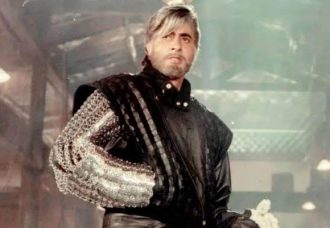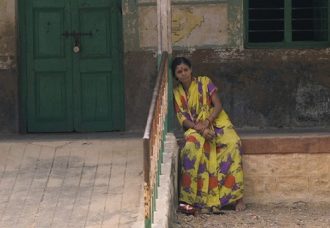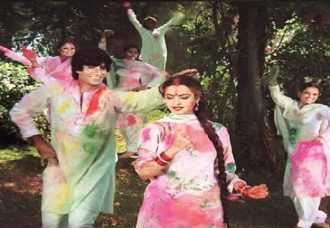It was an era where everything was being phallocentric, including women. Women started to think like man, see like man and even perceive like man. Language and literature was also being male centred. Women started to lode their identity as a gender of its own. It was during this time the feminists around the world felt the urge of an alternate language that also addresses their voice. This movement was not centred around films, but took place in all facets. Several literary and films movements took shape.
Language is the strongest tool for communication. A closer look into this language revels the hidden male in it. Language was also one of the creations or constructs of man, that it forgot to address women. In the course of time, even when women became part of this language system, they were ignorant or blinded enough to not understand its nuances.
When woman started realising their existence as beings, equal enough to the opposite sex, it urged them to think and redefine the social constructs. The new woman movement extended their presence in all fields of art, film and literature.
The history of women in cinema is as old as the production of films as well. India witnessed its first woman cinema in 1926 when Fatma Beegum directed ‘Bulbule Paristan’.
On counting the history of women directors in India, one of the big names is of Paluvayi Bhanumathi Ramakrishna who also directed a trilingual film ‘Chandirani’. She was also known for her experimentalism and portrayal of female sexuality. Most of the female directors of the 1950’s and 60’s were actresses, and were first part of the industry as actors and later moved to direction as a co-career. The first woman director in Malayalam cinema was Vijaya Nirmala, who also came into the industry as an actress at her age of 11.
Several women directors walked past us but the ones who made their mark, both as film makers and woman are contemporary directors like Mira Nair, Deepa Mehta, Revathi, Suhasini, Kiran Rao and so on.
The blog ‘Watching Women’s Film’ hosted a forum regarding the segregation of women films. It brought out an interesting statistics about the magnitude of women behind screen in UK films. In 2012, out of the 223 films produced in UK, 41 films had a female writer, that constitutes only 18% of the total production. This statistics narrows further down in the fact that out of which only 16 films were sole attempts of women, whereas others had male partners. A similar statistics by Martha Lauzen’s Celluloid Survey suggests that only 10% of the top 250 films of 2010 were accounted by women.
Literature has attempted to define woman’s films and woman’s cinema into two distinct categories. This itself defines the variation. Woman’s films are films about women or made for women by male directors and writers, whereas woman’s cinema are made by women themselves. Even when women make films about a man, it is unique as that adds to her perspective of seeing a man.
Woman cinema are again stereotyped to be melodramatic and more emotional. This is true to a great extent as woman are more often exposed to these fields, rather than crime or thrills. Hence women cinema were often critiqued to be reinforcing conventional values.
One of the main factors that forced women out of the industry was imposition of forced gender roles. Women were supposed to rear kids, take care of the family, and excel in housekeeping. When she broke all barriers of family to expand her field of action, she was forced back in, telling her how much she was better in the other. Most women film makers states their experience of the same, where they are pushed back into the family constraints and any time they were out for work they were constantly made to feel that they were present in a space where they do not belong.
Jane Austin was one of the celebrated English novelists. rather than her sketches in romantic comedy, what made her style of writing unique was the fact that any of the excerpts she writes would include a woman. She never wrote situations where a man interacts with another man as she states that she never knows how that conversation would be like. This was the point where woman’s films failed.
When men made films, they gave first hand information about the feelings of a woman which could only to told, explained or at least felt by a woman alone. This when overdone, women themselves were ambiguous enough to start feeling the way men had set paths. Another barrier women face is the taboo from the industry where women films are believed to be box office failures and this does not fetch women film makers to get producers.
In the interview for The guardian Frances Lea comments regarding the reception of films made by women. She says that ‘ a tendency for the male perspective to dominate responses to films, whether that’s commissions or how a film is presented in the world. The market is used to a male voice and a male audience, which it feeds”.
Women’s cinema, that are made by women are unlike other films and thus the differentiation. The path of women into films is not easy as it is for men. Women face issues within the family and the industry. From the time of pre-production, her being a woman drives away producers from investing in the films. The content of women films are also centred down melodrama or family matters, and this is not taken a highlight but as the inefficiency of women to do films of varied genres. Though we have had Academy Awards winning women film makers like Kathryn Bigelow who attempted diverse genres like war, women are not known by those names. Even when women do extraordinary films after all their struggles those are considered as one in a million and often goes unappreciated.








